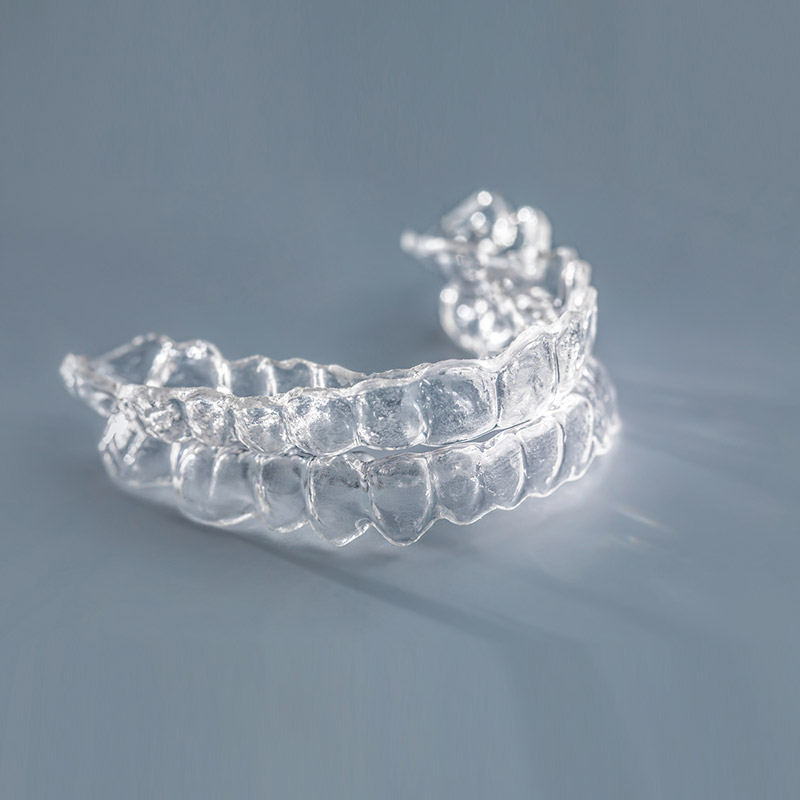Orthodontic appliances are devices designed to correct misaligned teeth and jaws. They play a crucial role in orthodontic treatment, helping to improve both the functionality and appearance of the teeth and jaw structures. Orthodontic appliances are prescribed and fitted by orthodontists, who are dental specialists with expertise in diagnosing, preventing, and treating dental and facial irregularities.

1. Types of Orthodontic Appliances:
There are various types of orthodontic appliances available, each with its unique purpose and function:
a) Braces: Braces are the most common orthodontic appliance used to straighten teeth. They comprise brackets, wires, and bands that work together to apply gentle pressure, gradually moving teeth into their desired positions.
b) Retainers: After braces treatment, retainers are often prescribed to maintain teeth alignment. They help prevent teeth from shifting back to their original positions.
c) Space Maintainers: Used in children who have lost their baby teeth prematurely, space maintainers help ensure proper spacing for the permanent teeth to erupt correctly.
d) Aligners: Clear aligners, such as Invisalign, are a popular alternative to braces. These custom-made appliances are virtually invisible and can be removed for eating and brushing.
e) Headgear: In some cases, headgear may be used to correct jaw growth imbalances and create a better bite. They attach to the braces or head and exert pressure to guide facial growth.
2. The Process of Getting Orthodontic Appliances:
The process of obtaining orthodontic appliances typically involves several steps:
a) Consultation: During the initial consultation, the orthodontist will examine your teeth, take X-rays, and discuss your treatment options.
b) Treatment Plan: Based on the evaluation, the orthodontist will create a customized treatment plan tailored to your specific needs and goals.
c) Appliance Placement: Once the treatment plan is finalized, the orthodontist will place the required appliances, such as braces or aligners, in your mouth.
d) Adjustment Visits: Regular adjustment visits will be scheduled to make necessary modifications to the appliances, ensuring gradual and comfortable progress.
3. Benefits of Orthodontic Appliances:
Orthodontic appliances offer several benefits:
a) Improved Smile: Orthodontic treatment can straighten crooked teeth and close gaps, enhancing the appearance of your smile.
b) Enhanced Oral Health: Straight teeth are easier to clean, reducing the risk of dental problems such as tooth decay and gum disease.
c) Better Bite: Orthodontic appliances help align the teeth and jaw, improving biting and chewing function.
d) Increased Confidence: Correcting dental irregularities can significantly boost self-esteem and confidence.
4. Maintenance and Care:
Proper maintenance and care of orthodontic appliances are essential for successful treatment:
a) Oral Hygiene: Regular brushing and flossing are crucial to prevent plaque buildup around the appliances.
b) Diet Restrictions: Certain foods, such as sticky candies and hard nuts, can damage orthodontic appliances. It is important to follow the recommended diet restrictions.
c) Appliance Care: Following the orthodontist's instructions for appliance care, such as avoiding bending wires and wearing headgear as advised, is essential.
Conclusion: Achieving a Beautiful Smile with Orthodontic Appliances
Orthodontic appliances offer a range of solutions to correct dental and facial irregularities, providing patients with improved oral health and a confident smile. With various types of appliances available, customized treatment plans, and proper care, achieving a beautiful smile is within reach for everyone.




